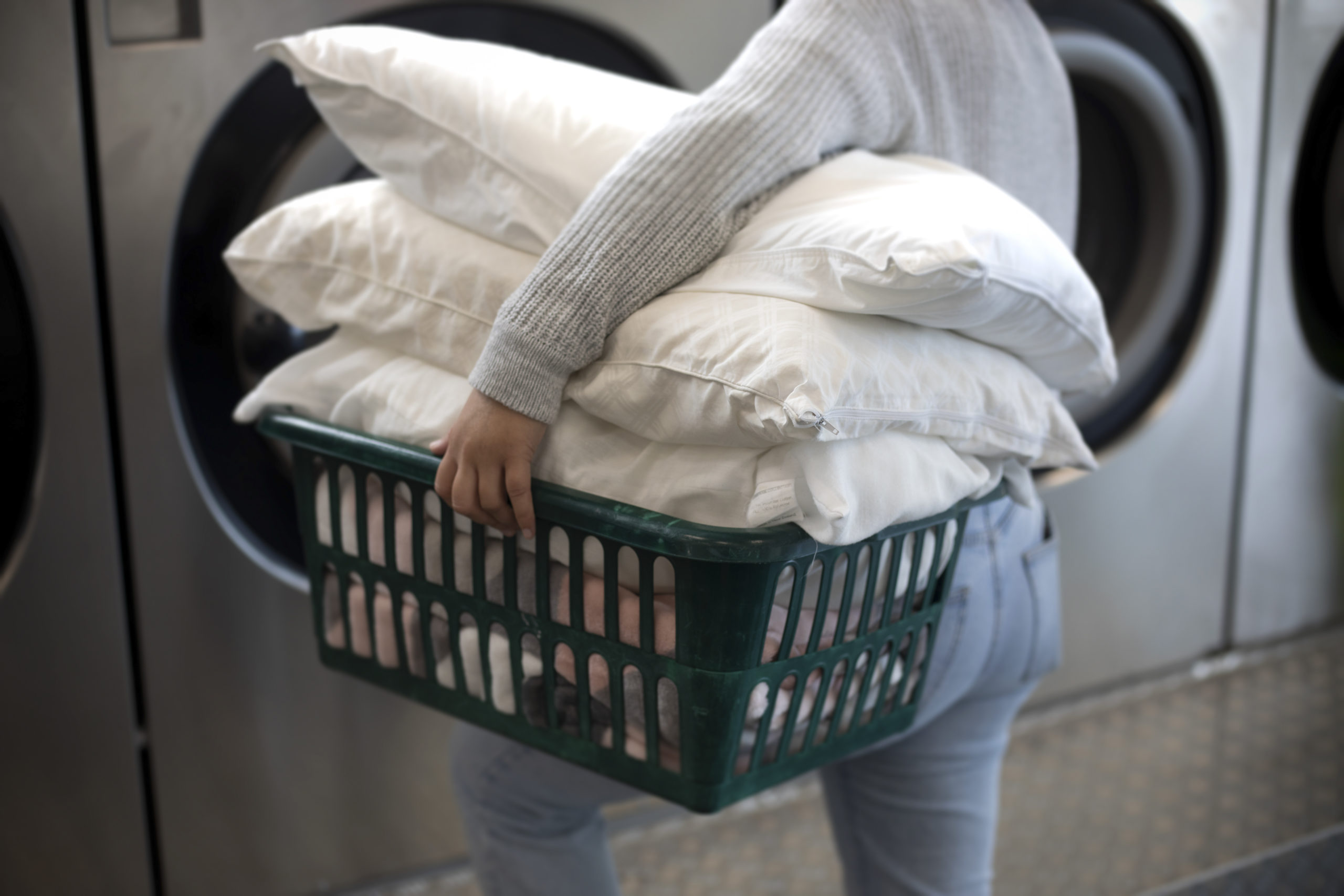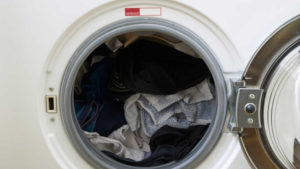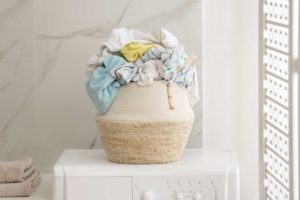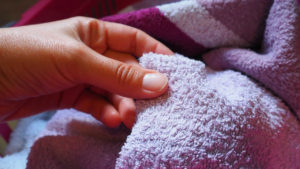Is washing your bedding a regular part of your household chores? If so, how often do your pillows come with you to the laundromat?
While most of us make time to wash our bedding, we exclude our pillows too often. Pillows need regular cleaning just as much as their covers do! Below, we will explore how to wash your pillows at the laundromat and why you should do so regularly.
Why Wash Your Pillows & What Happens When You Don’t?
You may shower right before bed each night and regularly wash your pillowcase, but that probably isn’t enough. The pillowcase is just the surface. Whether it’s a humid night, an intense nightmare, or you just left the heater on, you may sweat while you sleep. Body oils, dust and other allergens, mould, bacteria, dead skin, and—most terrifyingly—dust mites can all call your pillow home.
Looking at an image of a dust mite alone may be enough to make you jump out of bed and wash your pillows. All these micro-nasties build up over time, accumulating to the point where your pillow may increase in weight. Of course, the most effective thing you can do is to wash them away.
Washing your pillows can help keep you healthy, preventing the build-up of mould and bacteria, which is also great for your skin. Plus, you can sleep a lot easier knowing no dust mites lurk where you rest your head.
How Often Should Pillows be Washed?
Wash your pillows at least twice a year. Every six months is a great rule but ideally, you would wash your pillows up to four times a year. Before you start stripping the bed and running manically down to your local self-service laundromat, learn more below about how to wash them!
How to Wash Your Pillows
Despite what many people believe, pillows hold up just fine in a large commercial washing machine. If you use a memory foam pillow or one that requires handwashing, check the label, and refer to the cleaning instructions.
For down and feather-stuffed pillows, use a gentle or hand-wash setting with warm water. Keep the detergent natural and non-toxic, as you’re dealing with the place you rest your head; you don’t want to be laying on harsh chemical residue. The process remains the same for polyester pillows, but the use of warm water is encouraged.
Drying Your Pillows
You want to ensure your pillow is dry all the way through, to avoid mould and bacteria from forming within. It’s a good idea to air your pillows out now and then on a sunny day, but for a full pillow wash, go for the drier. The inside of the pillow takes longer to dry.
Dry feather pillows at a medium setting. Frequently check on your pillows during the drying process and if you’re unsure about the right drying method, check the label or brand website for more information. You can use a couple of tennis balls to help distribute drying.
Tip
Polyester, down and feather pillows – use a gentle warm cycle dry on a low setting.
Wool-filled pillow – cold gentle cycle – do NOT tumble dry
Top tip: if your pillows are clumping together in the drier, throw in a couple of tennis balls they will help!
Further reading
Get Your Laundry Done at Liquid Laundromat!
Whether you’re looking to wash your pillows or just do your regular load of clothes, Liquid Laundromat’s commercial washing machines can do the job. If you’re looking for somewhere close to home or need to find a laundromat in Queenstown during your trip, Liquid Laundromats is nearby! Find your nearest Liquid Laundromats location today.










